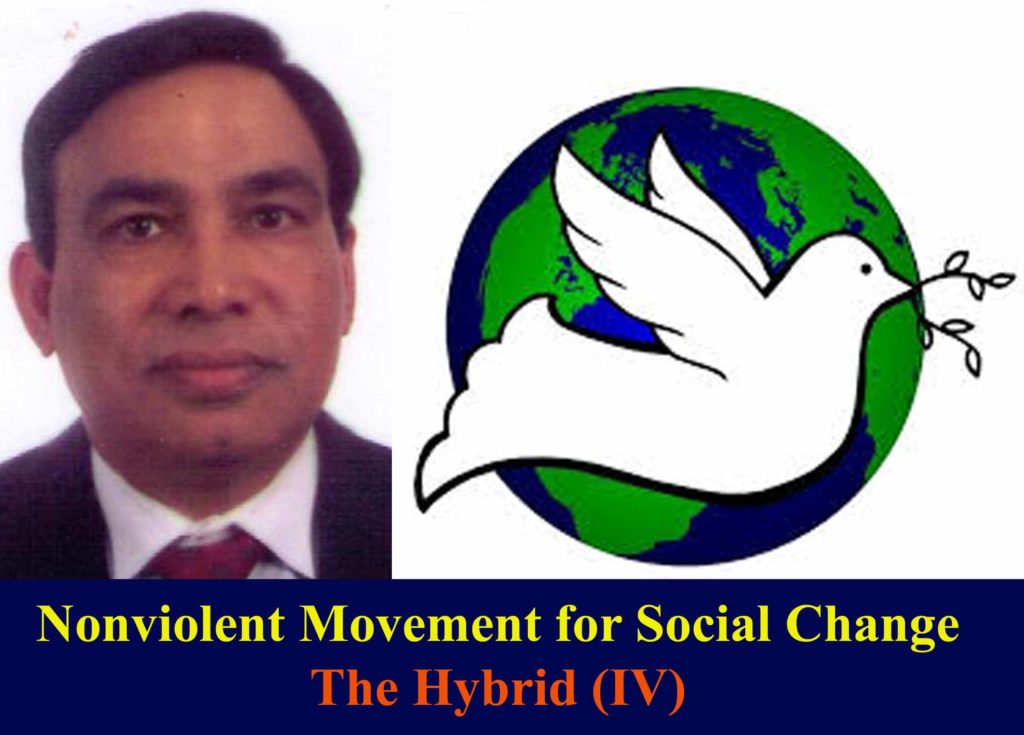It was December 1996 and ton of thousands of people were filling the avenues and city squares of Serbia’s capital. Student leaders at Belgrade University, a key centre of the demonstrations felt that their target was in sight. They were going to the take down Slobodan Milosevic, the strongman who ruled over Serbia since 1989 and was nicknamed as the “Butcher of the Balkans”.
The opposition groups own little victory but quickly split into warring factions, Milosevic was still in power. In 1998 the students recognized and found a group called Otpor or “resistance” in Serbian. Early on the organizers decided that Otpor should maintain a firm committee to using nonviolent tactics. Their reasoning was simple: Milosevic would slaughter them if they took up arms.
Optor created a structure that could allow for local terms of activist to act independently. They created branches throughout the country and made national calls for coordinated action. Every branch however was autonomous and would plan how to carry its own actions to fit local circumstances. Otpor’s appeal was as much cultural as political. Some of Otpor’s largest rallies doubled as rock concerts, with musician reading pamphlets from the stage between songs. By placing local grievance – whether lack of electricity or problems with corrupt officials – in the context of a broader fight, Otpor won the firm commitment of small town activists. Everyone started connecting local problems, which was in Milosevic regime.
Without any internal bureaucracy or centralized authority, Otpor succeeded in creating a cohesive movement identifies among thousands of Serbian. Two key tools it used to achieve this were front leading and mine training.
“Front Leading” was a means of creating defined norms and practices for the movement without direct, heavy-handed oversight typical of the hierarchical political parties or unions.
For Otpor’s member’s autonomy was the rule. Activists could form their own chapters in their communities they could call a rally, coat the town square with resistance posters or stage their own guerilla theater production. The possibilities seemed endless.
The influx of new participants presented a challenge for Optor. How could they train so many people? The answer was mass training to absorb all the new recruits.
On October 5, 2000 a massive rally was held in Belgrade. Some minor skirmishes occurred, but no mass bloodshed. Next day Milosevic recognized his defeat within a year. He would be sent to The Hague to face trial as war criminal. Later on he was found guilty.
Gandhi struggled throughout his life with creating a hybrid. He was famous for his campaigns of widespread civil disobedience or satyagraha. But he combined these with the grassroots reach of Indian National Congress. The Southern Christian Leadership Council (SCLC), Martin Luther King Jr was another example of an integrated model. Although SCLC specialized in mass mobilization, it built an organizational infrastructure that allowed it to engage in series of successive campaigns. Because of this King’s organization could move from Albany to Birmingham to Selma rather than disappear after a single successful mass demonstrations.
Mark Engler and Paul Engler in their book “This Is An Uprising” state that “The model that Optor developed has been studied by movements in dozens of other countries and adapted to local circumstances in widely varied parts of the world. What it represented was perhaps the most compelling example to that of hybrid between structure and mass protest – a powerful example of what can be called momentum driven organizing.

